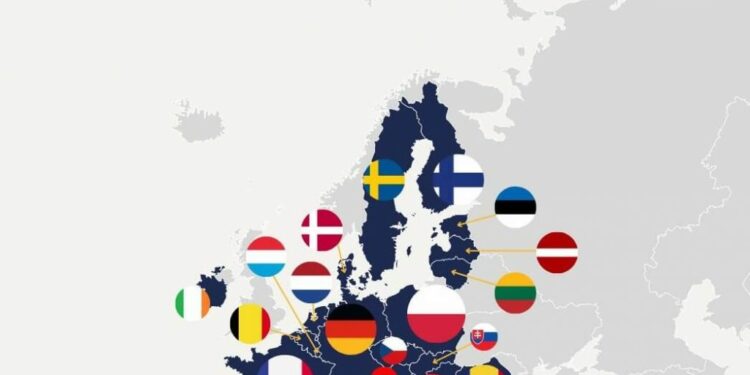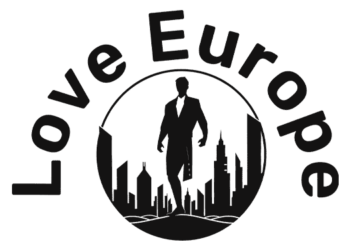The difference between EU countries and Schengen countries lies in their respective memberships and agreements:
EU countries are those within the European Union, bound by EU treaties and regulations. They maintain national militaries and foreign policies but are subject to EU institutions in judicial and legislative matters.Schengen countries, on the other hand, are those that have signed the Schengen Agreement. They function as a unified area with no internal border controls, facilitating travel within the zone. However, they still adhere to common international border control standards.
Please note that the EU and Schengen are not mutually exclusive as some countries are a part of the EU but not a part of Schengen and vice-versa.
EEA, EFTA, EU: What’s the Difference?
The EU is a unified agreement among several European countries, as listed above, while the EFTA and EEA are separate agreements aimed at fostering economic cooperation and integration with the EU as follows:
EFTA (European Free Trade Association). Comprising Iceland, Norway, Liechtenstein, and Switzerland, EFTA facilitates free trade among its members and the EU while helping them maintain some flexibility in following EU regulations. Although not EU members, EFTA countries participate in the Schengen Agreement.EEA (European Economic Area). In contrast, this is an agreement between EU members and Iceland, Norway, and Liechtenstein. It integrates these countries into the EU’s single market without them joining the EU, enabling the free movement of goods, services, people, and capital.
It’s important to note that Switzerland opts for separate bilateral agreements with the EU instead of joining the EEA.
Did you find this page helpful?
Yes No
Source link : https://www.schengenvisainfo.com/countries-in-europe/eu-countries/
Author :
Publish date : 2021-11-09 18:26:00
Copyright for syndicated content belongs to the linked Source.


